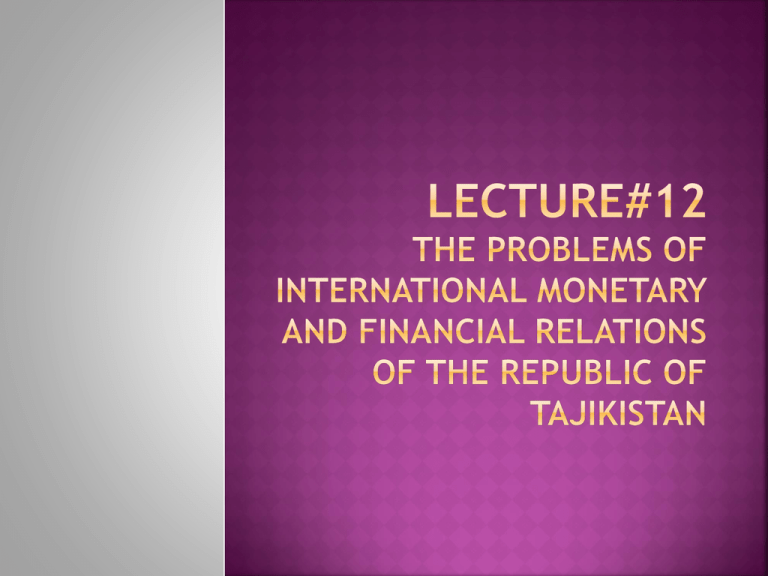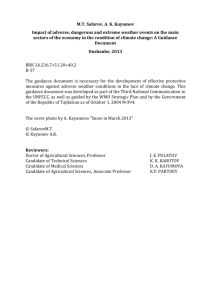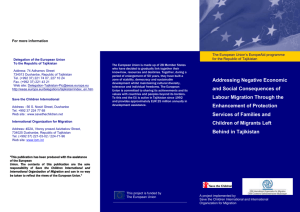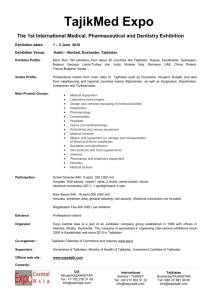Lecture#12 THE PROBLEMS OF INTERNATIONAL MONETARY
advertisement

1. 2. The Bretton Woods System – Period From 1944 until 1971/73 Flexible Exchange Rate System – From 1973 Onwards purpose: analysis of the forms of international monetary system after World War II process of establishing after-war arrangement was influenced by: economic circumstances in the world at that time negative experiences from the interwar period: establish a complete arrangement and hence put a stop to instabilities and economic nationalism central goal of the IMF: making a stable exchange rates system come true providing borrowing facilities for nations in temporary balance-of-payments difficulties role of the IMF in the 1950s: passive role at solving the problems of the international economic agreement IMF measures: increase in the member nations quotas General Arrangement to Borrow (GAB) reasons for the dollar shortage: enormous world demand for American goods in combination with very limited export possibilities of other countries and their low foreign exchange reserves overcoming the dollar shortage problem: Marshall Plan (program of financial aid to Europe, 1948) European Payments Union (1950) trade and foreign exchange restrictions Legislation of the Republic of Tajikistan on public finance of the Republic of Tajikistan is based on the Constitution of the Republic of Tajikistan and consists of this law, annual law on state budget of the Republic of Tajikistan for the next fiscal year, other normative and legal acts of the Republic of Tajikistan regulating public finance management in the Republic of Tajikistan and international legal acts, recognized by the Republic of Tajikistan. Consists of the following financial relations: system of state budget; state debt; state targeted funds. Structure of the Republic of Tajikistan state budget system The Republic of Tajikistan state budget system consists of the budgets of the following levels: first level – republican budget and budgets of state target funds; second level – local budgets; Relations between government and public administration bodies of the Republic of Tajikistan, local government executive bodies and administration bodies of state target funds are named as Intergovernmental fiscal relations. Intergovernmental fiscal relations are based on the following principles: distribution and consolidation of budget revenues and expenses by certain levels of the state budget system of the Republic of Tajikistan; Delimitation on a continuing basis and setting timeframe that control revenues between various levels of the state budgetary system of the Republic of Tajikistan; Equality of budgetary rights of local authorities and state target programmes; Alignment of levels of minimal budget support to local authorities; Equality of all budgets in interrelations with the state budget of the Republic of Tajikistan. Local taxes are transferred in corpore to the local budgets. The distribution of federal taxes between republican and local budgets is the prerogative of the Government of the Republic of Tajikistan and is being approved by the annual Law on State Budget.





